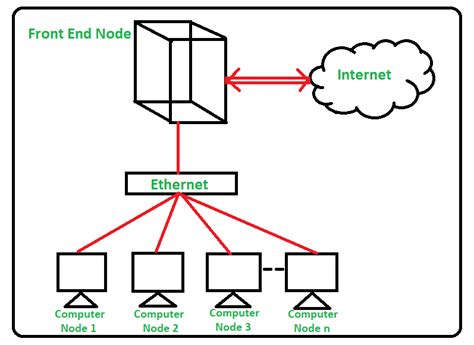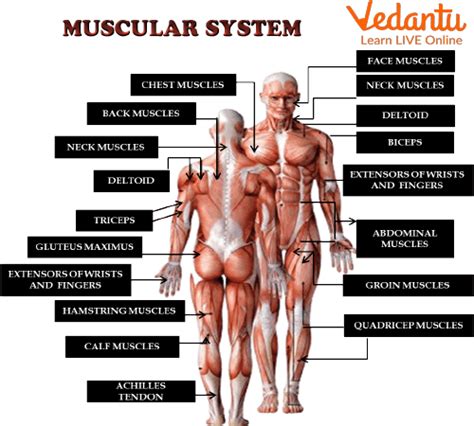What advanced intensity techniques truly break muscle growth plateaus for men?

Overcoming the Stagnation: Why Plateaus Happen
Every man committed to building muscle eventually encounters the dreaded growth plateau. What once yielded consistent gains now results in frustrating stagnation, leaving you feeling stuck despite your best efforts. This isn’t a sign of failure, but rather your body’s natural adaptation to consistent stimuli. To break through these barriers and unlock new levels of hypertrophy, you need to shock your system with advanced intensity techniques that force new adaptations.
A muscle growth plateau signifies that your current training routine is no longer providing a sufficient challenge for your muscles to grow. Your body has become efficient at the work you’re asking it to do. To overcome this, the goal is to introduce novel stressors that demand more from your musculature, nervous system, and recovery capacity.

The Science of Intensity: Shifting Gears for Growth
Advanced intensity techniques are not merely about lifting heavier or doing more reps. They are strategic methods designed to increase the metabolic stress, mechanical tension, or muscle damage beyond what standard straight sets provide. By manipulating variables like time under tension, rest periods, rep schemes, and range of motion, these techniques challenge your muscles in novel ways, forcing them to adapt by growing stronger and larger.
1. Drop Sets: Beyond Failure
Drop sets are a classic for a reason: they are incredibly effective at inducing metabolic stress and pushing muscles to their absolute limit. After completing a set to failure (or near failure), immediately reduce the weight by 20-30% and continue for as many reps as possible. You can perform 2-3 drops within a single drop set. This technique extends the time your muscles are under tension and recruits a greater number of muscle fibers, particularly fast-twitch fibers, leading to superior growth.
2. Rest-Pause Training: More Work, Less Time
Rest-pause training allows you to perform more total reps with a heavy weight than you would in a single straight set. Load a weight you can lift for 4-6 reps. Perform your target reps, rack the weight, rest for 10-20 seconds (just enough to recover slightly), then unrack and perform 1-2 more reps. Repeat this micro-set sequence 2-3 times. This method significantly increases the density of your training and the cumulative fatigue on the muscle.
3. Forced Reps and Negatives: Pushing Past the Limit
These techniques require a spotter and should be used sparingly due to their intensity. Forced reps involve a spotter assisting you just enough to complete 1-3 additional reps after you’ve reached concentric failure. This allows you to overload the muscle beyond what you could do on your own. Negative reps focus solely on the eccentric (lowering) phase of a lift. Use a weight heavier than your 1RM, have your spotter help you lift it, then control the negative phase for 4-6 seconds. Both methods inflict significant muscle damage, a key driver of hypertrophy, but demand excellent recovery.

4. Supersets and Tri-sets: Maximizing Density and Pump
Supersets involve performing two exercises back-to-back with minimal rest in between. They can target opposing muscle groups (e.g., biceps and triceps) for active recovery, or the same muscle group (e.g., incline dumbbell press followed by flat dumbbell flyes) to maximize pump and time under tension. Tri-sets extend this to three consecutive exercises. These techniques elevate your heart rate, increase training volume in a shorter period, and flood the target muscles with blood and nutrients, contributing to a powerful hypertrophic stimulus.
5. Cluster Sets: Heavier Loads, Higher Reps
Cluster sets allow you to lift heavier weights for more total reps by incorporating short, intra-set rest periods. For example, instead of doing 3 sets of 8 reps with a certain weight, you might do 6 sets of 4 reps with the same or even slightly heavier weight, taking 15-30 seconds rest between each 4-rep cluster. This maintains higher power output and allows for more quality reps with challenging loads, which is excellent for both strength and hypertrophy.

6. Partial Reps: Overloading Specific Ranges
While full range of motion is generally superior, partial reps can be a potent tool for breaking plateaus. By focusing on a specific, strong portion of a lift (e.g., the top half of a bench press or the bottom quarter of a squat), you can overload the muscle with significantly heavier weights than you could use for a full range. This method recruits high-threshold motor units and can help build strength in sticking points, leading to overall strength increases that translate to full-range movements.
7. Tempo Training & Time Under Tension: Control and Connection
Manipulating the tempo of your lifts means controlling the speed of the concentric (lifting), isometric (pause), and eccentric (lowering) phases. For example, a “3-1-3-1” tempo means 3 seconds lowering, 1-second pause at the bottom, 3 seconds lifting, 1-second pause at the top. Slowing down your repetitions dramatically increases the time your muscles are under tension, promoting muscle damage and metabolic stress, leading to a deeper muscle connection and superior growth. This technique is excellent for improving form and really feeling the muscle work.

Strategic Implementation and Recovery
While these techniques are powerful, they are also demanding. They should not form the entirety of your training program nor be used indiscriminately. Incorporate one or two advanced techniques per workout, focusing on your weakest or most stubborn muscle groups. Cycle their use, perhaps using one for 3-4 weeks before switching to another, to prevent overtraining and continued adaptation. Crucially, prioritize recovery: ample sleep, proper nutrition (especially protein), and active rest are non-negotiable when pushing your body to new limits.
Conclusion: Your Path Beyond the Plateau
Muscle growth plateaus are inevitable, but they are not insurmountable. By strategically integrating advanced intensity techniques like drop sets, rest-pause, forced reps, and cluster sets into your routine, you can provide the novel stimulus your body needs to adapt and grow. Remember to listen to your body, prioritize proper form, and ensure adequate recovery. With intelligent application and consistent effort, you’ll not only break through your current plateau but also pave the way for sustained, impressive muscle gains.








